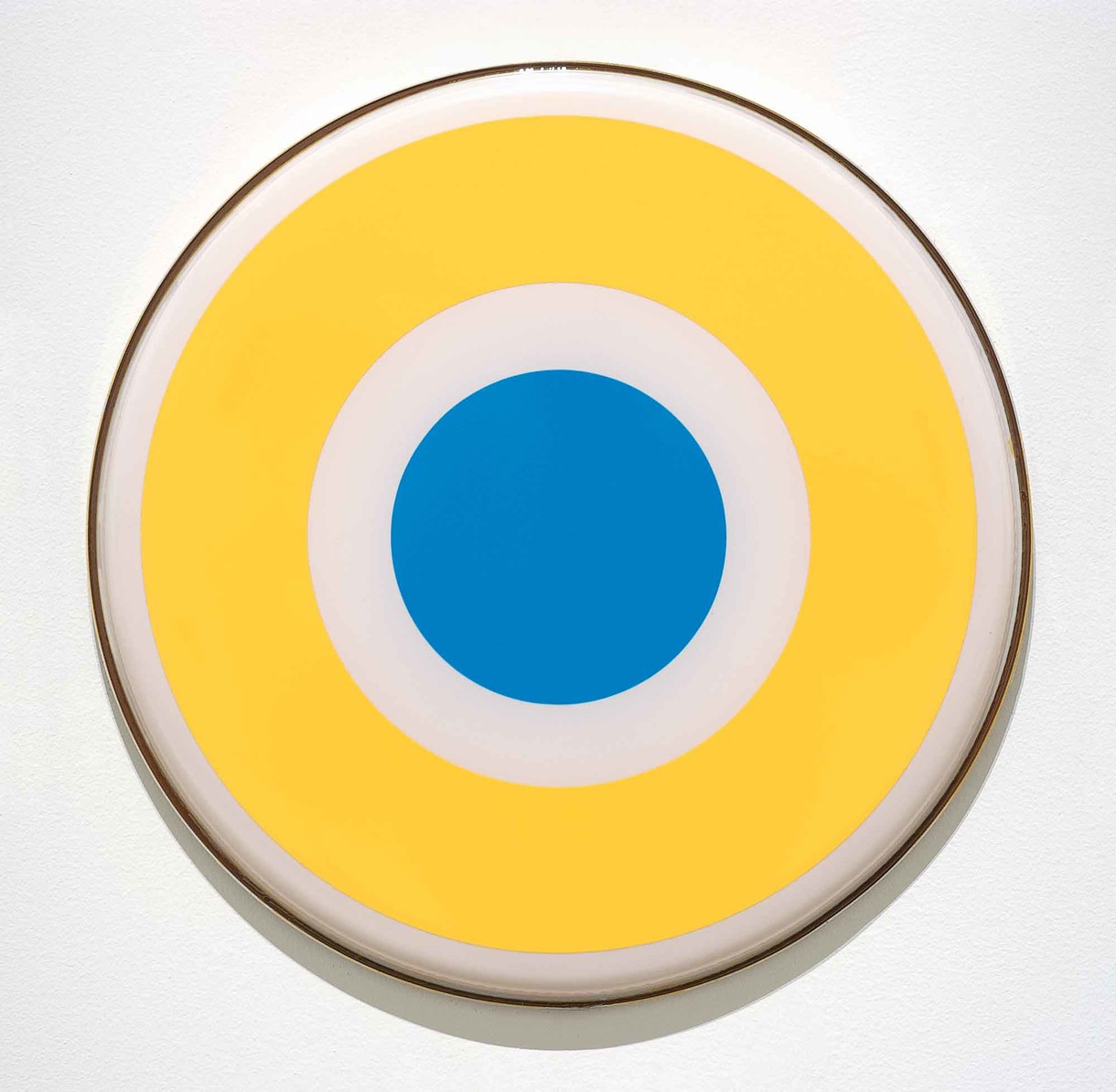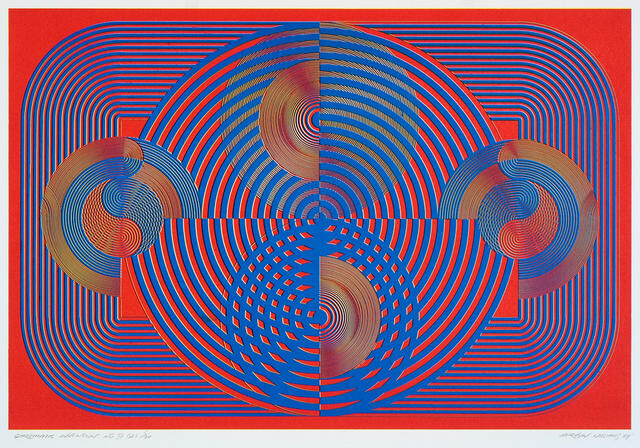Gordon Walters - Kâore i whakaingoatia (te raupapa Koru)
Gordon Walters - Kâore i whakaingoatia (te raupapa Koru)
Na te reo o Te Mihinga Komene Gordon Walters Kâore i whakaingoatia (te raupapa Koru) (1981).
Related reading: Op + Pop
Notes

To the memory of Julian Dashper
One of the highlights for staff over the eight or so years that the Christchurch Art Gallery was open prior to the shakes was the opportunity to work alongside Julian Dashper on his exhibition To The Unknown New Zealander.
Notes
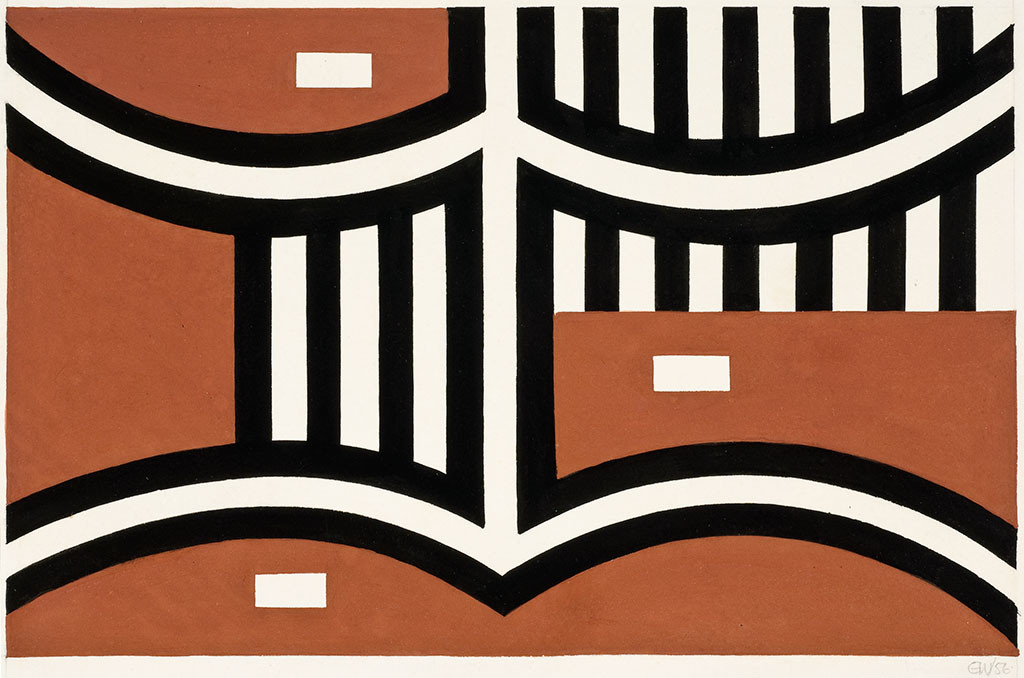
Untitled 1956 by Gordon Walters
This article first appeared as 'Balancing act' in The Press on 17 August 2012.
Notes
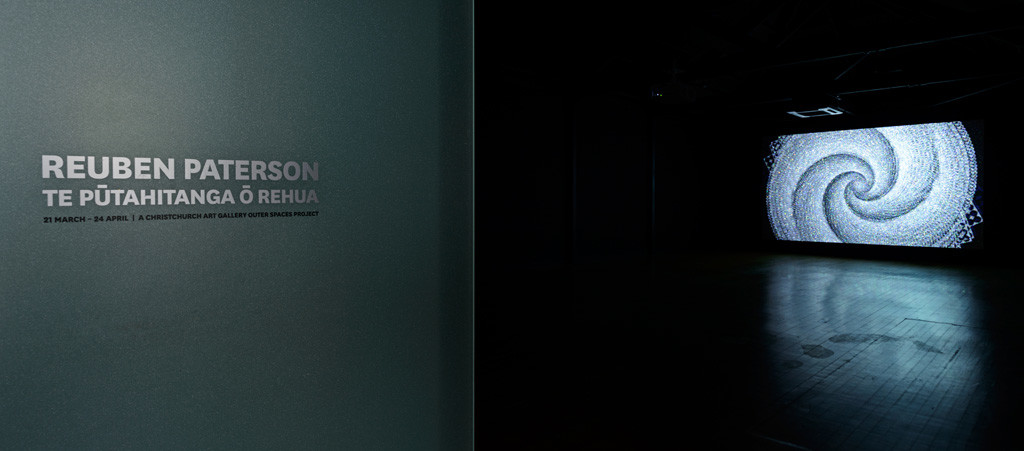
Glittering
When it comes to posting comprehensive pictures of your new exhibitions online, opinion is divided.
Notes
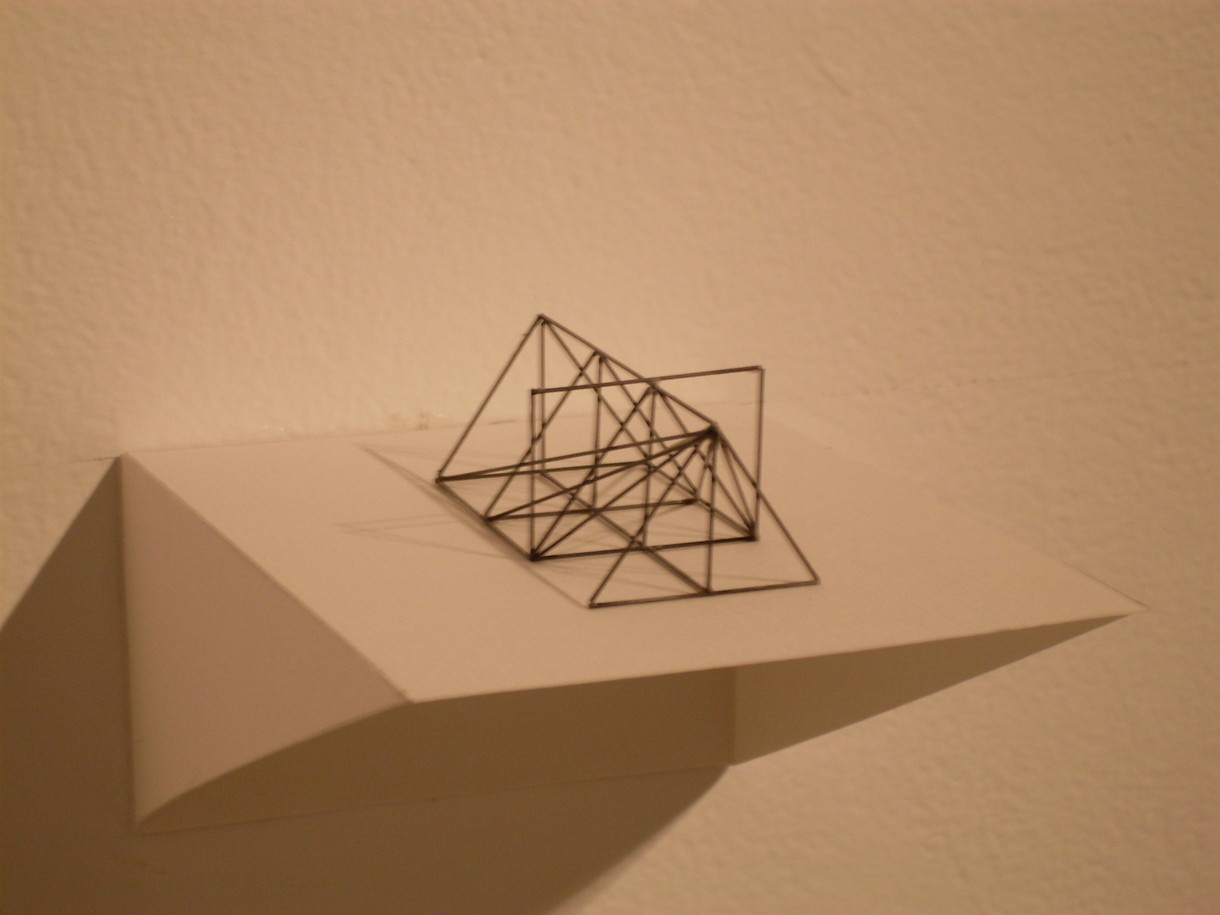
Selected proofs
Peter Trevelyan's exhibition Selected Proofs is currently on at the University of Canterbury's SOFA Gallery until 7th September.
Article

The pleasure of making: objects taking centre stage in the space of the art gallery
Was it serendipity that the opening of Christchurch Art Gallery's Burster Flipper Wobbler Dripper Spinner Stacker Shaker Maker coincided with that of Slip Cast, a group exhibition at the Dowse Art Museum that also focused on the pleasure that artists take in manipulating materials in the process of making art?
Article
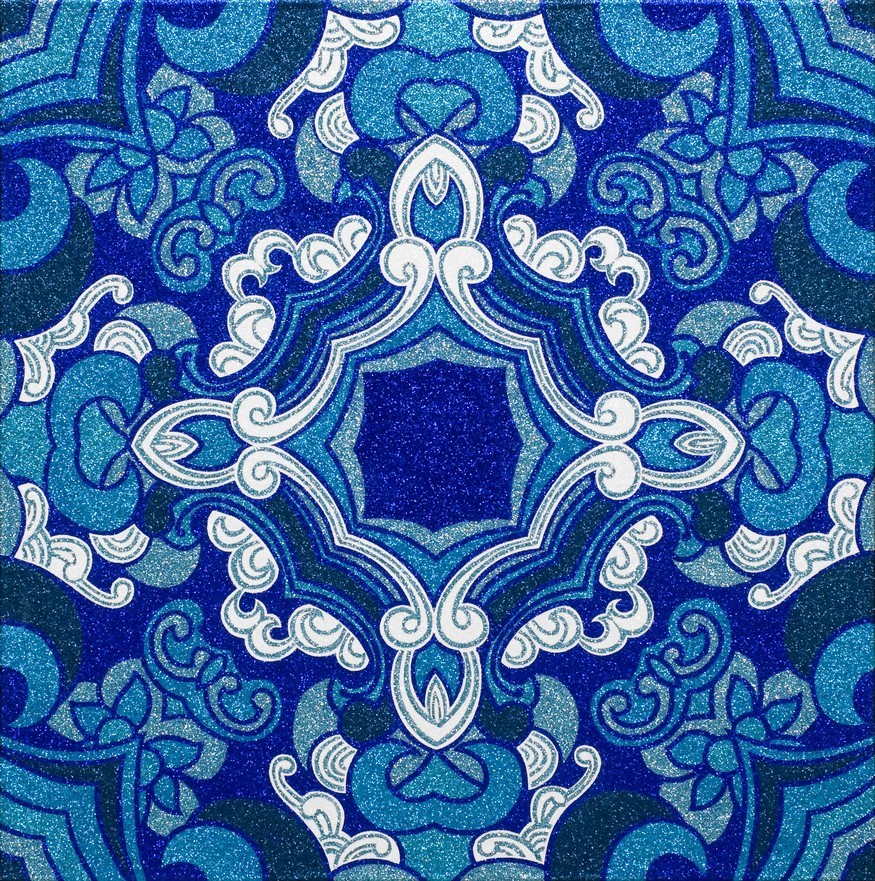
New Zealand in the Biennale of Sydney and the Biennale of Sydney in New Zealand
and the Biennale of Sydney in New Zealand
Collection

Gordon Walters Untitled
For the exhibition Untitled #1050 (25 November 2017 – 14 October 2018) this work was displayed with the following label:
“I like the rigorous quality of geometric abstract painting. I like the clarity of idea. I like the means used. I like the severity and the rigour of it. I don’t think this is a limitation. I think this is something which frees you to all kinds of investigation. It opens up all kinds of possibilities.”
—Gordon Walters, 1975
Collection

Reuben Paterson Te Pūtahitanga ō Rehua
As a young boy, Reuben Paterson used to play with the sparkling black sand on Piha beach; now as an artist he often uses glitter in his works. In this one, he took inspiration from Māori mythology connected with water, cleansing, transformation and stars. Pūtahitanga can mean constellation. Rehua was a son of Rangi-nui (the sky father) and Papa-tū-ā-nuku (the earth mother), and is associated in Tūhoe legend with the star Antares. To make this dazzling kaleidoscopic landscape, Paterson digitally layered and rearranged his own drawings. He likens the shifting black and white patterns to the restless energies and histories that have unfolded on the whenua (land) of Aotearoa New Zealand. Their optical push-and-pull highlights that what can be seen depends on who is doing the looking. What catches your eye?
(Wheriko - Brilliant! 17 May 2019 – 16 February 2020)
